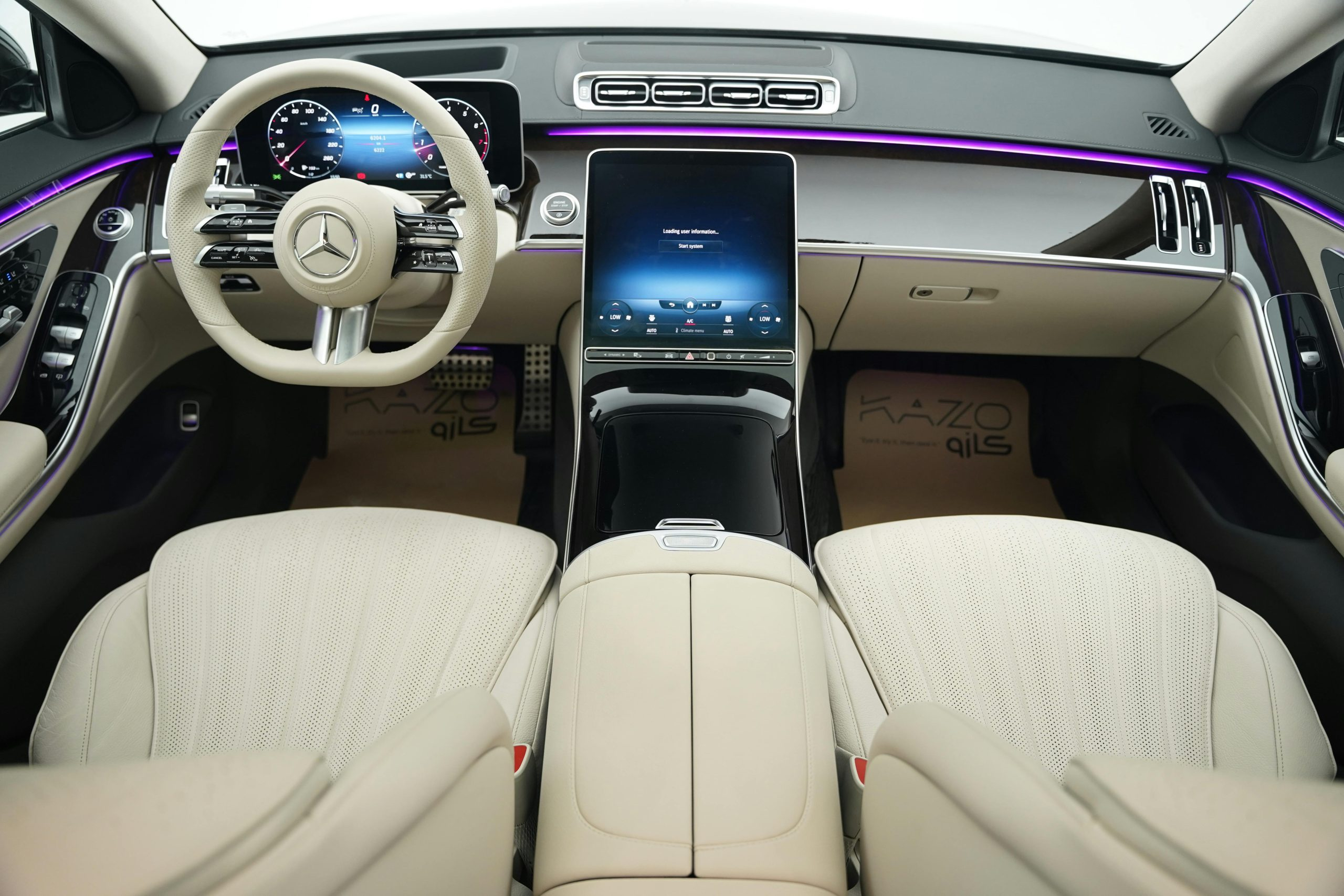The Importance of Digital Twins in Vehicle Prototyping
The future of vehicle prototyping is here, and it’s called digital twins. These virtual replicas of physical vehicles are transforming the way automotive manufacturers and engineers approach their design, testing, and production processes. With the rise of advanced technologies such as Internet of Things (IoT), machine learning, and artificial intelligence, digital twins have become an essential tool in pushing the boundaries of vehicle innovation. In this article, we’ll delve into the importance of digital twins in vehicle prototyping and how they are revolutionizing the automotive industry.
The Basics of Digital Twins
Before we dive into the significance of digital twins in vehicle prototyping, let’s first understand what they are and how they work. A digital twin is a virtual representation of a physical product, process, or system. It uses real-time data and advanced technologies to simulate the behavior, performance, and characteristics of its physical counterpart. In the automotive industry, digital twins are being used to create virtual prototypes of vehicles, allowing engineers to test, analyze, and optimize their designs before they hit the production line.
The Role of Digital Twins in Vehicle Prototyping
Reducing Time and Costs
Digital twins have a significant impact on the vehicle prototyping process by reducing both time and costs. Traditionally, physical prototypes were used to test and validate vehicle designs, which were time-consuming and expensive. With digital twins, engineers can create multiple virtual prototypes and run simulations to identify potential issues and make necessary improvements before any physical prototyping takes place. This results in reducing the time needed to bring a new vehicle to market and cutting down on the cost of physical materials and manpower.
Improving Design Quality
With the use of digital twins, engineers can create detailed and accurate models of vehicles, including their components and systems. This level of detail allows them to analyze the impact of various design choices on the vehicle’s performance and make necessary adjustments. By continuously refining the virtual prototype, the final design is more likely to be of higher quality and closer to the finished product, leading to a better end-user experience.
Enhancing Safety and Sustainability
The automotive industry is constantly striving to improve the safety and sustainability of their vehicles. Digital twins play a crucial role in this endeavor by allowing engineers to simulate various driving scenarios and evaluate potential risks and safety concerns. They can also analyze the performance of different materials and components to optimize the vehicle’s fuel efficiency and reduce its environmental impact.
Enabling Real-time Monitoring and Predictive Maintenance
IoT-enabled digital twins can collect real-time data from sensors embedded in physical vehicles, providing insights into their performance and health. This data can then be used for predictive maintenance, where any potential issues can be identified and addressed before they cause any downtime. This not only ensures the safety and longevity of the vehicle but also reduces maintenance costs for the end-user.
The Future of Digital Twins in Vehicle Prototyping
The potential of digital twins in the automotive industry is vast and continues to evolve. With the integration of advanced technologies like machine learning and AI, experts predict that digital twins will become even more sophisticated in the coming years. They will be able to autonomously analyze data, predict failures, and recommend solutions, further streamlining the vehicle prototyping process.
Conclusion
In conclusion, digital twins have become an integral part of the vehicle prototyping process, and their importance cannot be overstated. From reducing time and costs to improving design quality, enhancing safety and sustainability, and enabling real-time monitoring and predictive maintenance, digital twins are transforming the way we approach vehicle innovation. As automotive manufacturers continue to embrace technology, we can expect digital twins to play an even more significant role in shaping the future of the industry.











